Assembling two types of carbon nanostructures with non-covalent interactions gives an electrode material with enhanced energy density.
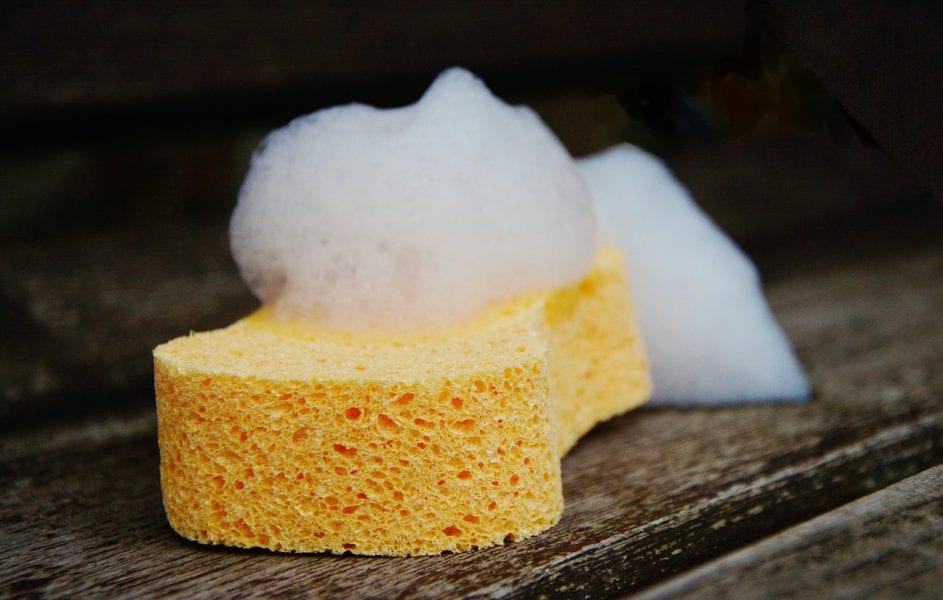

Assembling two types of carbon nanostructures with non-covalent interactions gives an electrode material with enhanced energy density.
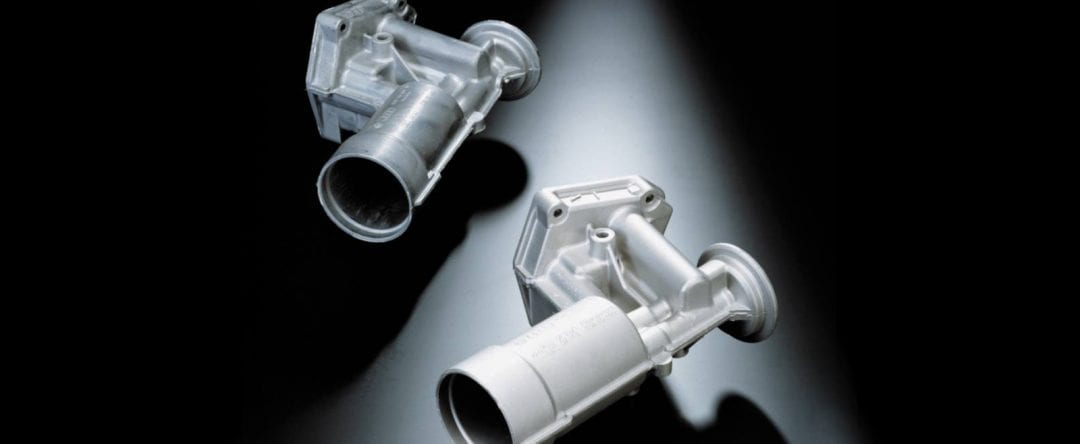
Rösler is progressive with leading edge technologies when it comes to diecast component surface preparation or finishing.
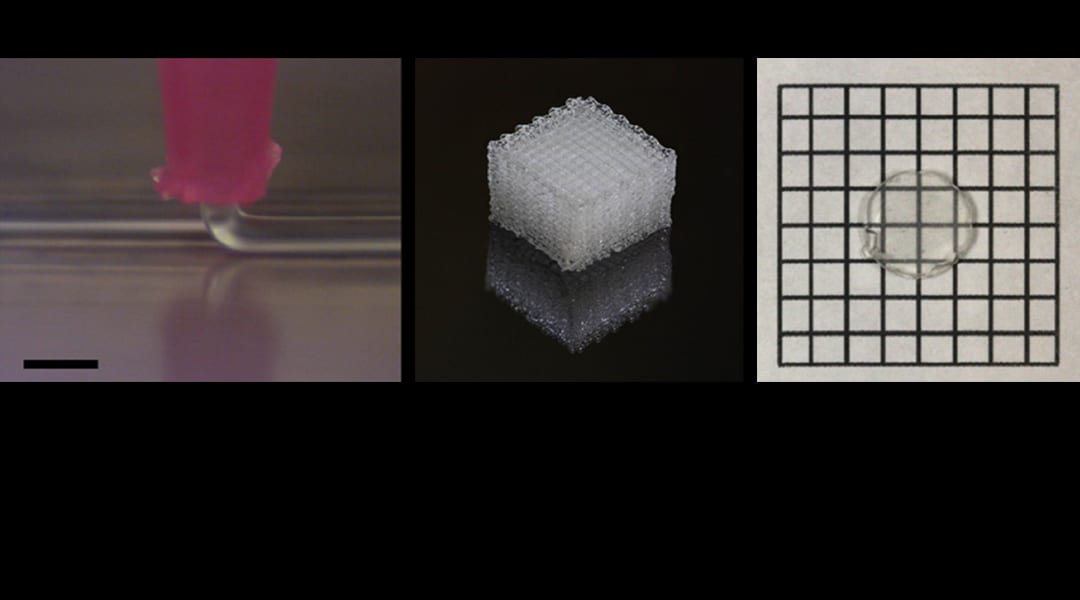
3D printing technology enables a mold-free formation of freeform transparent glass.

Andraž Krajnc, Nataša Zabukovec Logar, Gregor Mali, and co-workers present a new type of microporous aluminophosphate for high-density storage of solar energy or waste heat in Advanced Energy Materials.

Nanotechnology possesses great potential to overcome shortcomings of existing strategies for safe and effective retinal drug delivery.
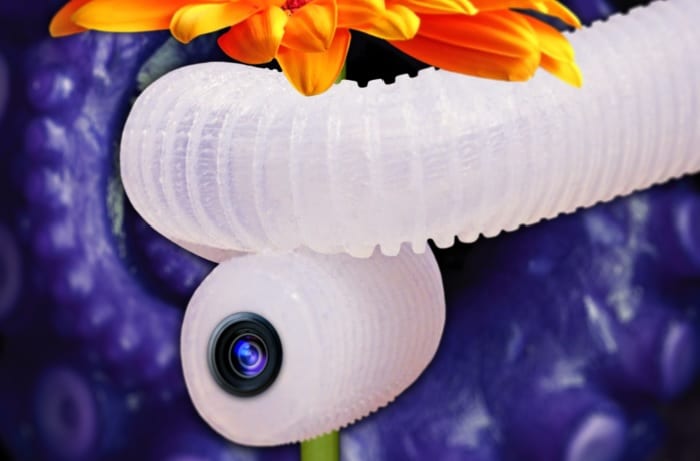
This hydrogel can be programmed to reversibly switch its mechanical properties in response to a simple environmental cue.
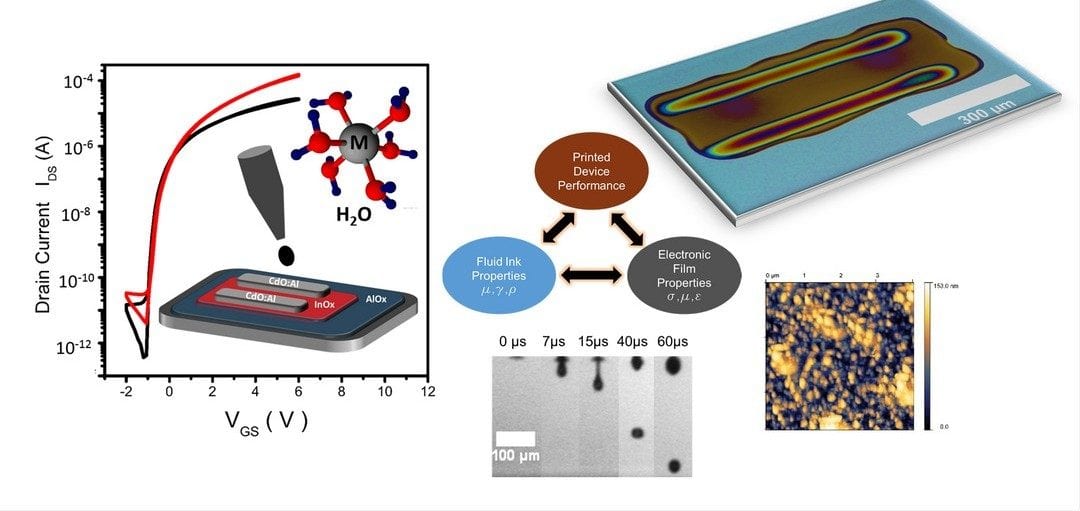
Researchers have demonstrated all-aqueous-printed transparent electrodes and semiconducting layers for high performance, low-cost transistors for flexible electronics applications.
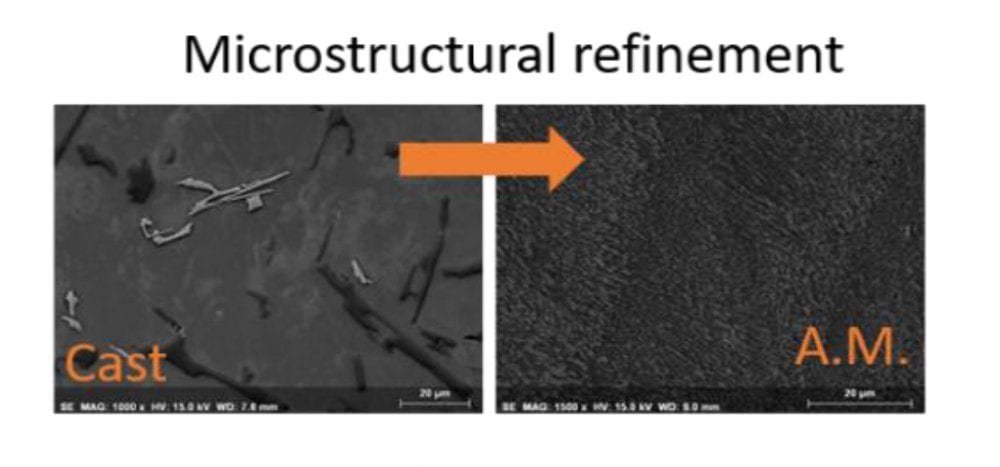
This paper aims at reviewing the latest developments and at highlighting current trends and prospects in the additive manufacturing of aluminum alloys.
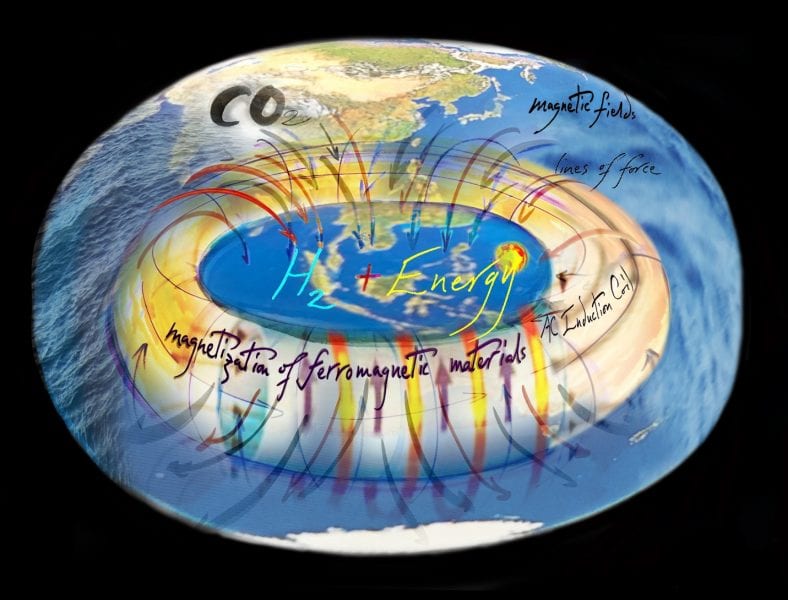
A chemistry and engineering nano-solution that aims to safeguard Earth against climate change can be imagined metaphorically as a “Life Raft” that will sustain renewable energy systems and living systems “thriving and buoyant” over the next thousand years when fully deployed around the globe.
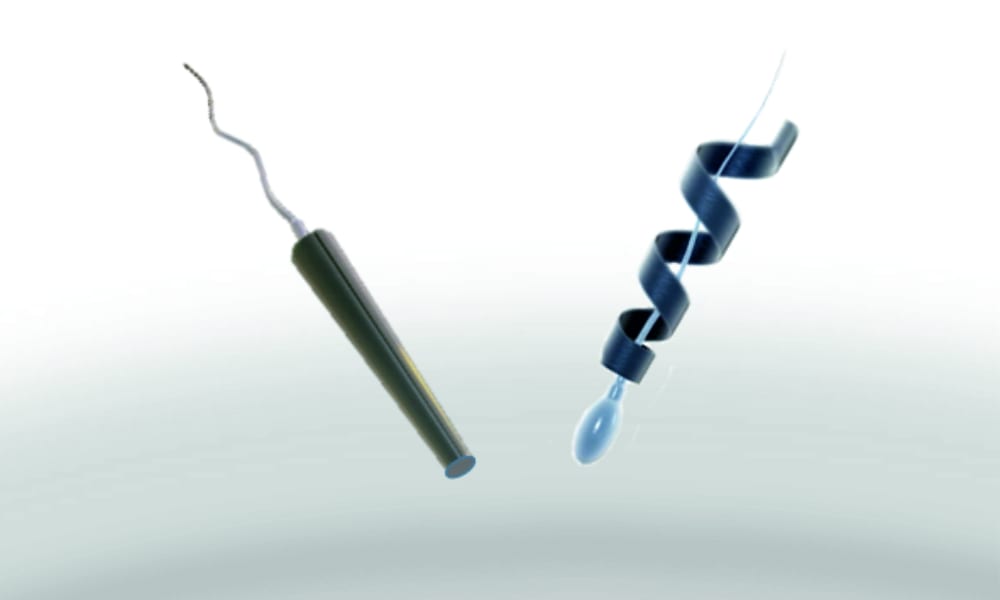
Sperm cells are attractive as propulsion sources or as functional components in robotic microswimmers to realize complex tasks in the body.